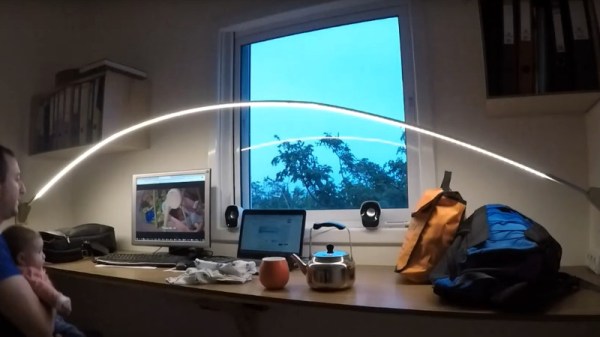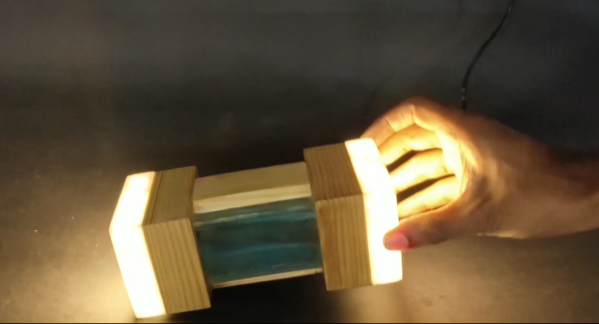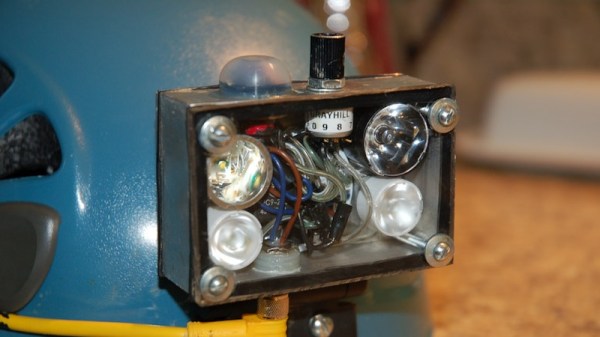If you think of levitating objects you probably think about magnets but this is not what [Aaron Hung] used to build his levitating LED lamp. To be fair, his lamp is not really levitating but merely generates the illusion through the principles of tensegrity. We have featured a number of tensegrity structures over the last months but this is maybe the first time somebody has used it to build a daily-use item.
In his instructable [Aaron Hung] points out that according to Earnshaw’s theorem magnetic levitation using static magnetic fields like those of permanent magnets is actually impossible. If you are interested, the Wikipedia article also explains why floating superconductors and the Levitron toy do not contradict this theorem. (TL;DR: they’re dynamic.)
Coming back to [Aaron Hung]’s tensegrity lamp, the construction is rather simple and only requires an Arduino Nano, a Neopixel ring, a 9 V battery some wood or cardboard, and fishing line. The tensegrity part of the lamp consists of two similar pieces of laser-cut wood which are held together by fishing line so that the top part seems to float in mid-air. Normally, tensegrity structures are very fragile so [Aaron Hung] added some extra lines for stability which allowed him to hang the lamp from the top section without collapsing the whole structure. After coding some animations for the Neopixel ring and adding a paper lampshade the project was finished.
We would like to see more tensegrity versions of classic DIY projects and it was fun to see that similar objects were already built from Lego.
[Video after the break].

















